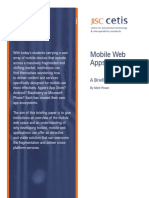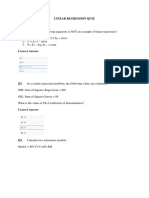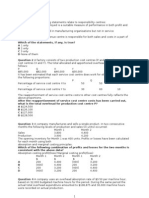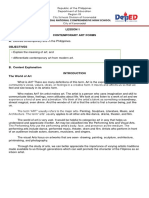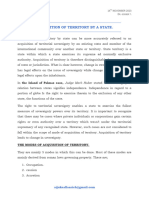0% found this document useful (0 votes)
116 views11 pagesApps Webpages The Future?: Music Businesses Looking To Go Mobile
This document discusses how the music industry is shifting to mobile platforms as more people listen to music on mobile devices. It analyzes the differences between developing mobile apps versus mobile webpages for music businesses. While mobile webpages have lower costs, apps allow for more control over the user experience and functionality. The document uses Pandora as a case study for how a music streaming company has effectively used a mobile app to disseminate music.
Uploaded by
Andrew MagriniCopyright
© Attribution Non-Commercial (BY-NC)
We take content rights seriously. If you suspect this is your content, claim it here.
Available Formats
Download as DOC, PDF, TXT or read online on Scribd
0% found this document useful (0 votes)
116 views11 pagesApps Webpages The Future?: Music Businesses Looking To Go Mobile
This document discusses how the music industry is shifting to mobile platforms as more people listen to music on mobile devices. It analyzes the differences between developing mobile apps versus mobile webpages for music businesses. While mobile webpages have lower costs, apps allow for more control over the user experience and functionality. The document uses Pandora as a case study for how a music streaming company has effectively used a mobile app to disseminate music.
Uploaded by
Andrew MagriniCopyright
© Attribution Non-Commercial (BY-NC)
We take content rights seriously. If you suspect this is your content, claim it here.
Available Formats
Download as DOC, PDF, TXT or read online on Scribd
/ 11









































